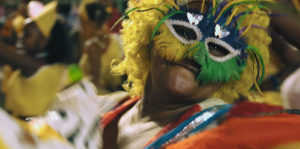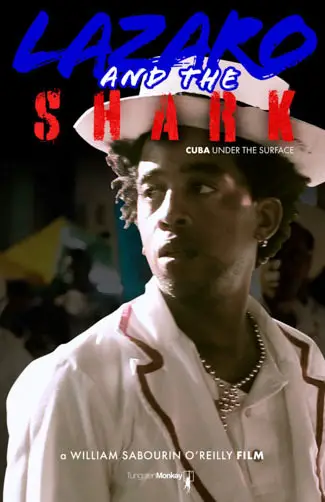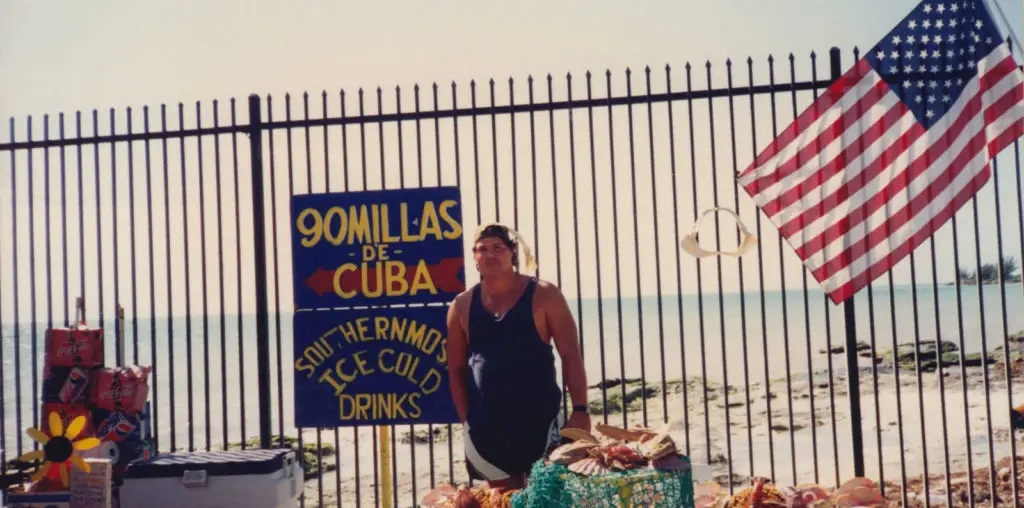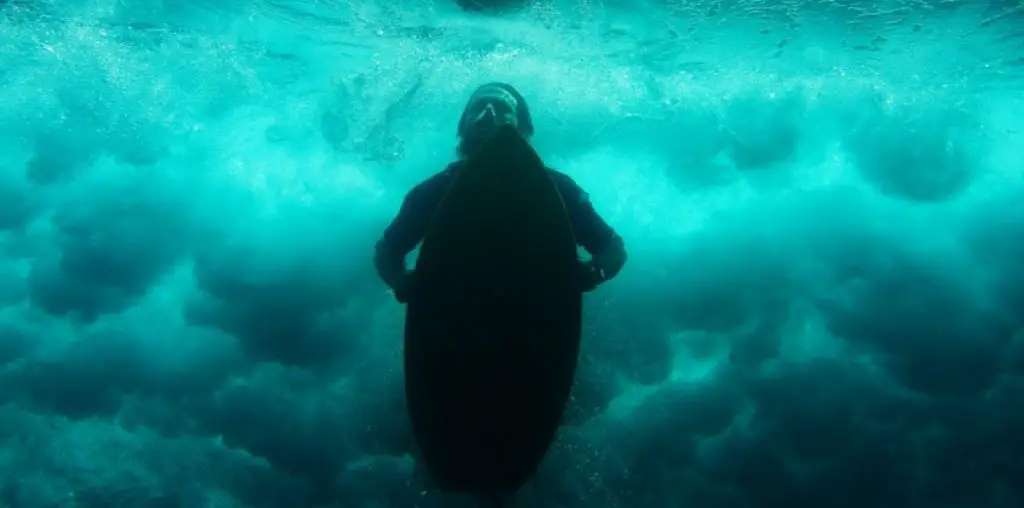
Director William Sabourin O’Reilly’s documentary, Lazaro and the Shark: Cuba Under the Surface, sweeps us into a colorful real-life story. Conga, the dance, is a Carnival tradition, with groups and neighborhoods competing for prizes annually. “Culture educates people,” remarks Raul Lopez as he candidly tells his story.
Lopez is the director of St. Augustin, a prominent Conga Group in Santiago de Cuba. For years, Lopez, known as the Shark, has led his Conga group to multiple wins in the annual Carnival. The Shark believes in his craftsmanship and takes his cultural roots seriously. Lopez has dedicated his life to directing the annual performance of his Conga. Now an old man, he is preparing the next generation of performers to continue St. Augustin’s legacy at Carnival.

“Lopez has dedicated his life to directing the annual performance of his Conga.”
Lazaro is a young and passionate Conga director for the rival group Conga de Los Hoyos. Lazaro represents the repressed youth of Cuba, struggling with financial crises and scarcity in the country. He is raising triplets alone while his wife is in Venezuela as part of the government’s medical mission. The price of feeding his family is that his little children haven’t ever known their mother. The two characters are comparisons of different ways of life in Cuba. Lopez has learned to live through the politics of the Cuban regime. Lazaro, a newly fathered youngster, craves a better future for his sake and his children.
For a country like Cuba, where the people have been facing a constant grind for survival and tremendous resource scarcity, culture does become a significant catalyst of motivation and joy. O’Reilly contrasts the struggle for basic necessities and the festive celebrations, thus offering a distinct insight into the real country that has been a symbol of tourist delight and vacation for years. Films have often presented Cuba as the perfect pleasant destination, often glamorized over its weather and ceremonial observances. Lazaro and the Shark: Cuba Under The Surface discards this simplified perception established by outsiders.
And amid this juxtaposition, the director uses Congas as a common conjunction between two vastly different people. In a place where water comes with a misery tax, Congas and the Carnival are something for the people to enjoy. It’s a joyous tradition that permanently imprints upon everyone in Santiago. The festival is a metaphor for the people’s will and commitment to their life in Cuba. Everyone there wishes for prosperity for future generations. Through Congas, they keep their hopes high and fuel a symbolic revolution against oppression.

"…Congas are the freedom that Lazaro seeks for his family."


